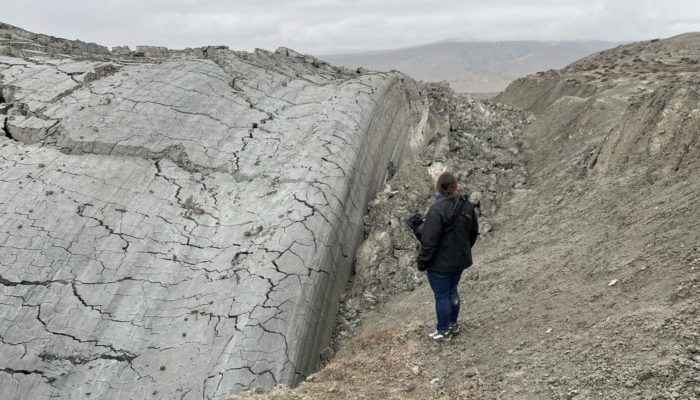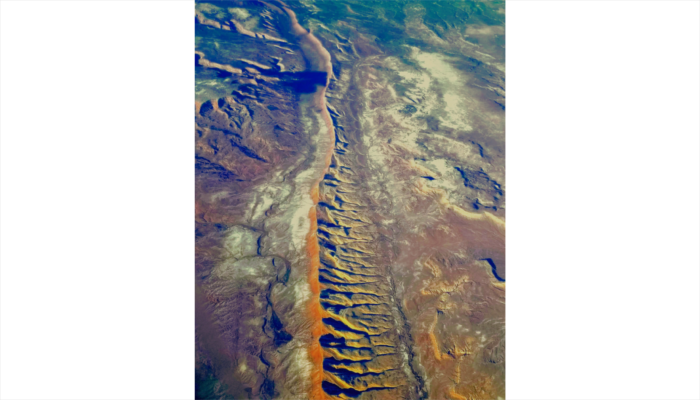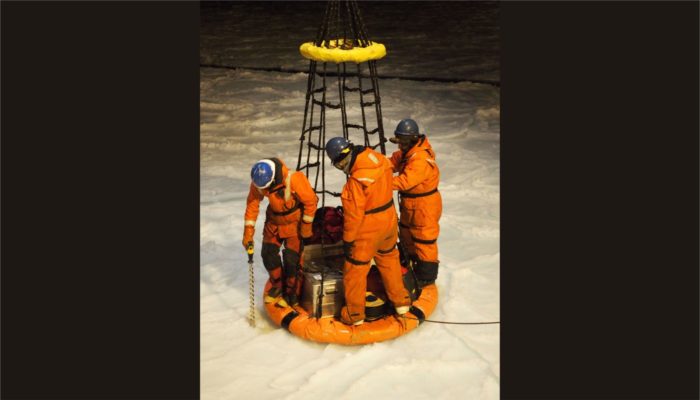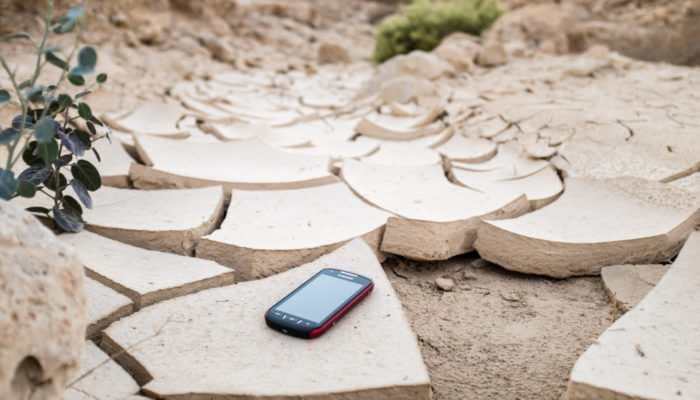In Gobustan, Azerbaïdjan, gases such as methane or carbon dioxide are emitted in the underground. They lower the density of the overlying sediments which are pushed upwards by buoyancy. Fingering instabilities occur, where more mobile and lighter sediments form vents and mud volcanoes with upwards moving material. Many small scale cones are deposited when the conduits reach the surface, depositing ...[Read More]
Imaggeo On Monday: Mud extrusion, Gobustan, Azerbaijan




